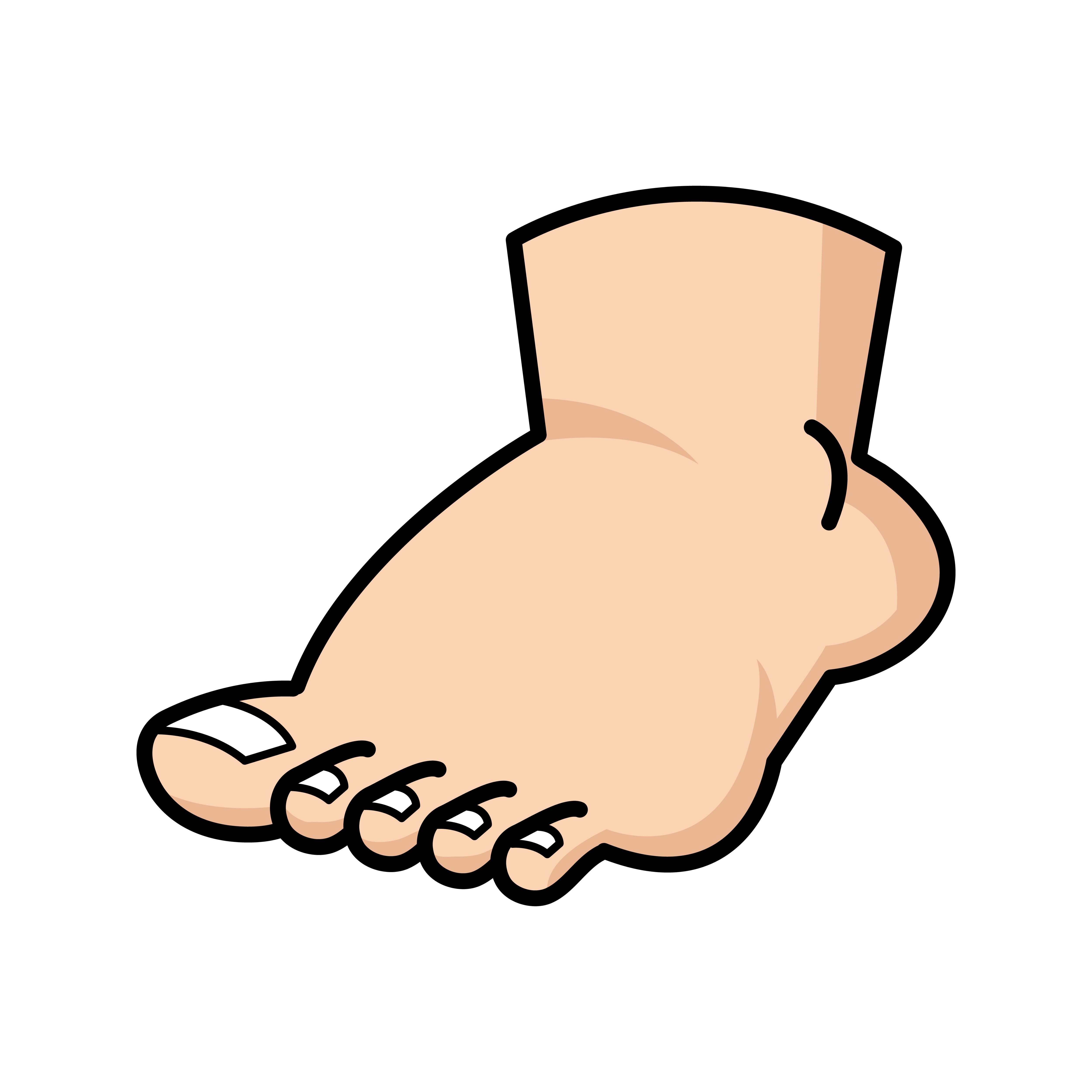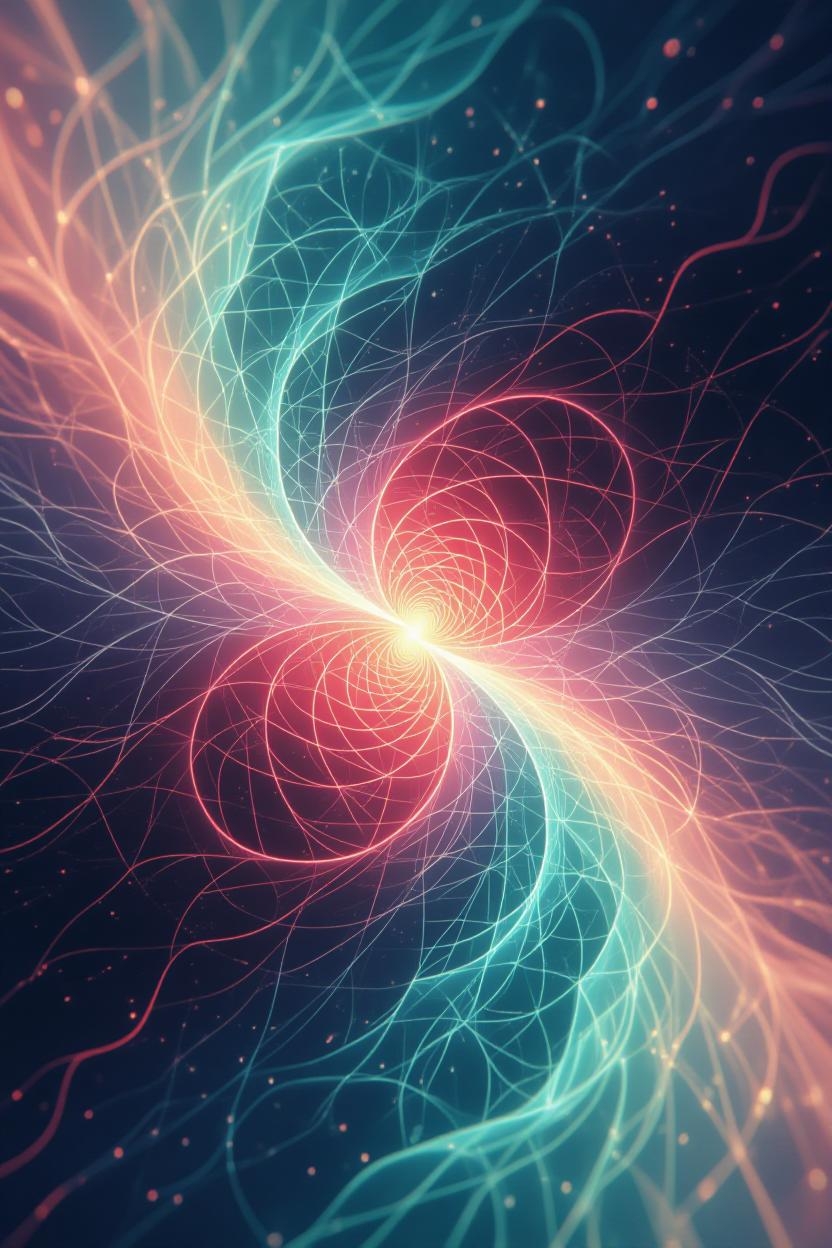Oh this is wonderful! I strongly recommend reading the preprint, really enjoyable: URL
This is not just one of those ivory tower papers with their actual applications far away in time and eventually ending up in some obscure industrial process never heard of again in lay circles; this could have an immediate impact on the maker culture and makerspaces right now and in the near future. The preprint describes the process in a very understandable, digestible manner and provides actual implementation examples, as well as detailed recipes for all of the compounds. If you are even remotely interested in the subject matter, I’d recommend you to try it out for yourself. The “ingredients” are all easily obtainable and handleable. Yes, gallium and indium might be a bit expensive, but it is worth it imo. They literally used consumer kitchen equipment for some of the steps, to demonstrate how this is feasible for tinkerers, makerspaces and prototypes. No expensive machinery required (except for an FFF 3d-printer, of course).
I skimmed through the paper, and I agree that it looks pretty damn digestible for the average tinkerer to understand and implement themselves if they so choose
But just kind of a quick summary for people who still won’t read the article
You basically 3d print a circuit board out of PVA (which is
basically the same material as regular white elmers school glue, soEDIT: that’s not quite right, see below non toxic and water soluble) with hollow channels instead of circuit traces.Then you fill those hollow tubes with the gallium/indium mix, which has a very low melting point, like “glass of warm water” low.
Insert any components you need and secure them into place with a drop of glue, and BOOM you’ve got a circuit board.
And when you’re done, just dump it in a glass of water. The PVA dissolves and you can fish out the metal to reuse in a different project.
Like you said, the only “specialized” equipment you need is a 3d printer that can handle PVA filament.
Not necessarily something that’s going to be useful for any industrial production applications, but this could be huge for hobbyists and even prototyping for businesses. Most traditional methods for making a PCB call for some kind of nasty chemicals and they’re not really reusable, especially not for the home-gamer, this could make for a nice step-up for the people who don’t want to deal with this and want something a little more polished than a breadboard or a mess of soldered wires
It’s not quite the same stuff as glue. PVA glue is polyvinyl acetate, and PVA filament is polyvinyl alcohol. The glue doesn’t dissolve in cold water like the filament does.
You are correct, should have double-checked that the two PVAs referred to the same thing.
I think the rest of my comment still pretty much stands though, PVA glue isn’t quite water soluble but the cleanup for it isn’t much more involved and doesn’t involve any exotic solvents or anything
The paper the article is referencing says they made their own PVA glue from pellets so they could get the thickness they wanted, and they did so by dissolving them at 80°C, so it sounds like the glue is soluble, just only in hot water, and all the clothes I ruined as a child could have been saved by using a different setting on the washing machine.
Tbh toner transfer method is a lot easier and requires less materials and cheaper.
It’s arguably easier, but I think it depends on your use case.
Etching usually requires a couple chemicals that not everyone has the space to store properly, like if they live in a small apartment and have kids, and even if you go with safer alternatives like vinegar over ferric chloride, after use the etching solution should still be considered poisonous and needs to be handled and disposed of with some care.
Also worth considering is that this method is solder-free, so in addition to not needing to solder anything, it’s easier to recover components, no desoldering needed, just warm it up a bit and pull out the components for reuse.
Just thinking back to different points in my life, I used to live in a small apartment with my wife and a roommate. I wouldn’t have wanted to keep acetone around there, anytime I used it it would have stunk up the whole place. And I didn’t really want to do any soldering there, our ventilation wasn’t great and our smoke detectors were on a hair trigger, and I lived in fear of losing my security deposit from dropping a stray blob of solder burning a hole in the carpet or something. PVA printing is pretty innocuous as far as fumes go, and I wouldn’t have needed much equipment beyond an electric kettle (other than a printer) to play around with this there.
Really though, I see this being most useful for a situation where you want to prototype a few iterations that you’ll want to field test. I wouldn’t want to etch a dozen prototype boards that can’t really be reused and have to desolder to recover all the components, but I could see printing out a dozen prototypes this way and refusing the liquid metal and such.
I’d probably still want my final board to be etched, but this gives you a good way to workshop a bunch of revisions without throwing out a bunch of etched boards.
Also I don’t know how the cost of PVA filament stacks up against copper clad boards, but just kind of guestimating from my limited knowledge of 3d printing, it seems like the cost of boards vs filament is probably about the same or maybe even better. Sure, there’s the startup costs of getting the metal and a printer, but I feel like a lot of the people who would want to do this probably already have a printer or were looking for an excuse to get one anyway, and the metal is reusable.
It looks good for prototyping true and makes the whole thing easy to disassemble and reuse. As for safety and size concerns I think they are pretty similar with 3d printers and etching. PVA is far more expensive, starting from us$40, while copper coated fiberglass panels cost <$1 per square meter. It really looks like a great process for learning institutions/kids I wouldlove ro try it it at least once. 🙃
It’s around $40 for a spool, I’m not sure what that works out to per square meter of printed board, and I’m far too lazy to work that out.
It also seems to me like it could be a more efficient use of board space since it could be printed closer to the shape of the traces than you’d probably want to trim a board to by hand so you can save on material a bit that way. A bunch of cut corners and notches cut out of a few boards could add up over a few prints.
I’m just spitballing some thoughts, I don’t do nearly enough circuit designing to have a horse in this race, nor the desire to really work out the economics of it but especially for someone who already owns a 3d printer and maybe is already using PVA filament this seems like something that could fit well into their existing workflows.
Direct metal liquid contact from pin to pin! I love it.
(Not to mention how satisfying it is to get a pile of undamaged ICs after recycling)
PVA probably really limits the applications but that’s super cool
I don’t see why you couldn’t just use a different material if you wanted a more permanent solution. A resin printer is likely ideal to get good accuracy.
I wonder if you could use HIPS instead of PVA. Still dissolves, but in limonene rather than water, so inadvertant exposure on a rainy day wouldn’t ruin your circuit board. At the same time, the metal should still be recoverable unless there’s some chemical reaction between gallium and citrus oil that I don’t know about.
As long as i can fill a super soaker with limonene for the inevitable robot uprising, you have my vote
Amazon will sell it to you in 55-gallon drums (that’s >200 litres) if you’re willing to pay. That’ll fill plenty of super soakers. So it depends on how serious you are about your anti-robot-uprising prep.
Now the problem will be finding a super soaker that doesn’t get dissolved when limonene
If necessary, you go full circle by 3D-printing the parts that will be exposed to the liquid out of PLA (or ABS or PETG), which can handle limonene.
Huh. So maybe we will one-day get robots that bruise and bleed liquid metal when cut.
Jokes aside, this is really cool and I’ll be showing this to my local fab lab.
Very cool, though JFC there’s no way MY printer will be fine tuned enough to generate the channels. The whole process reminds me of the rednecks who pour molten aluminum down fire ant hills, in a good way. The sealing with glorified Elmer’s glue is also clever.
Now all that said, you wouldn’t want to make anything that’s going to have much contact with water, so a lot of typical applications are risky: “My PCB is leaking!” I do wonder if you could do the same thing, but less immediately recyclable, with PLA and a 3D pen.
I’m curious about the durability of these PCBs. They would be good for prototyping but how well would they handle high humidity environments?
You might be able to coat them, but for long term applications I think you’d be better off etching FR4 the old fashioned way. This sounds like a huge breakthrough for low cost rapid prototyping, though.
Yea these would definitely need a hydrophobic coating for any real-world use - PVA starts degrading above 70% humidity, so you’d probably want to seal it with something like acrylic conformal coating or even just a thin layer of epoxy if your going to use it outside a controlled environment.
That is crazy good… if all I need is to get a pcb heater and learn how to surface mount to print someone’s custom board, it really opens up the possibilities of open source electronics.
Ooooooooo






